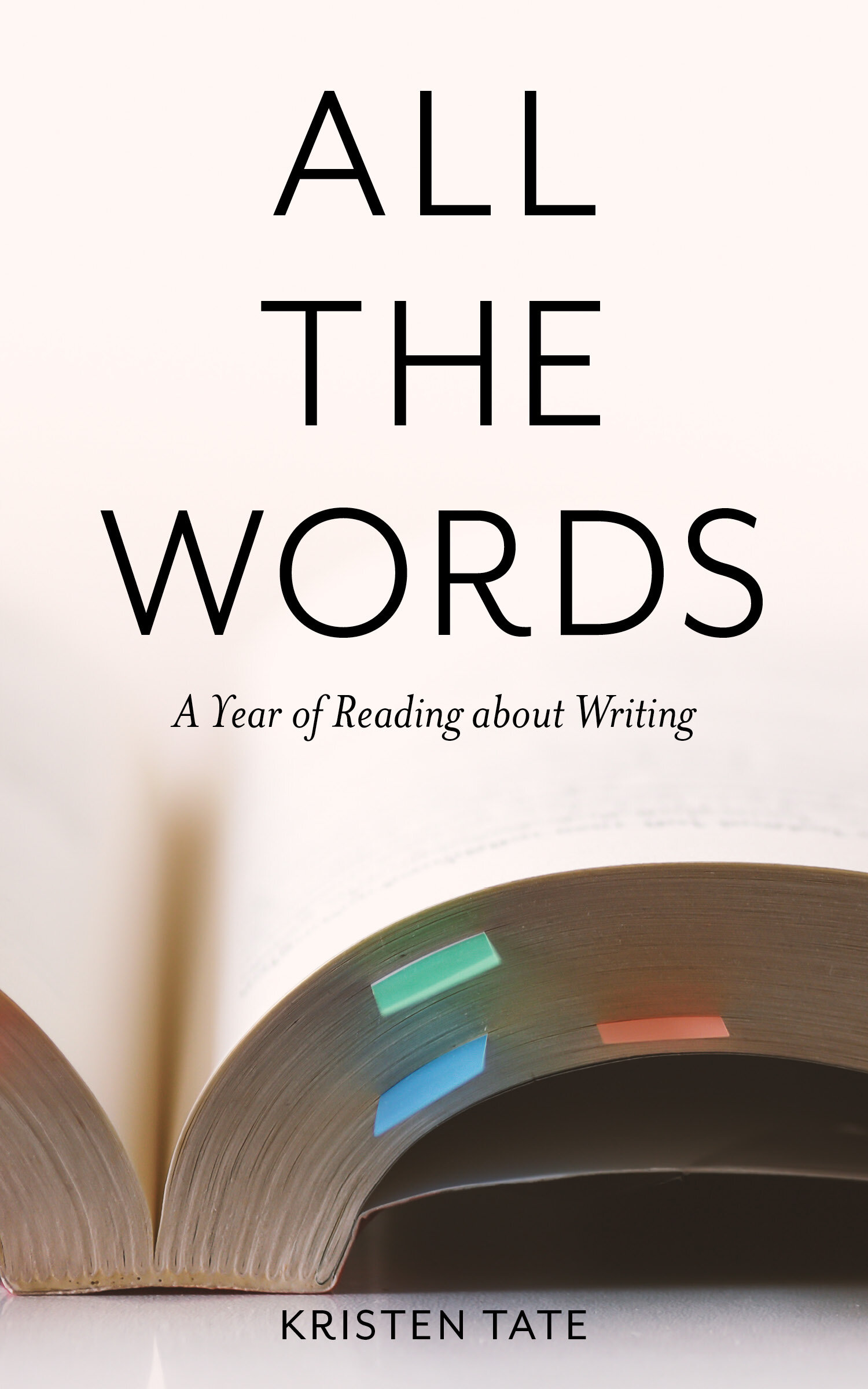So You Want to Publish a Book?, by Anne Trubek
When Anne Trubek started her newsletter, I signed up eagerly, knowing that her background and interests overlap with my own—she’s also a former academic, interested in print culture, and with roots in the Midwest, where I spent a chunk of my childhood and then my college years. And I wasn’t disappointed: her mix of topics includes the ins and outs of running a small press (Belt Publishing), as well as broader inquiries about the history and possible futures of print culture.
Much of So You Want to Publish a Book? originally appeared in her newsletter in sketchier form. This is not a book that will take your hand and guide you through the myriad choices facing authors who want to publish a book. (For that, I’d point you to Jane Friedman’s The Business of Being a Writer.) Imagine the question posed by the title answered with a wry chuckle, a cup of black coffee handed to you across the desk, and then a behind-the-scenes tour of how one independent publisher pulls all the levers and balances all the numbers to produce a small number of books each year. (The press is perhaps best known for publishing Elizabeth Catte’s What You Are Getting Wrong About Appalachia, a fierce rebuttal to the observations about the region floated in JD Vance’s bestseller, Hillbilly Elegy.)
Trubek’s book will interest anyone who wants to understand the specifics of how a book is made and sold: she cleverly labels items like the colophon, the half-title page, and drop caps; she provides a succinct explanation of the various kinds of editing a manuscript might receive; and, most helpfully, she explains some of the mystifying business practices of the publishing industry, and does so using concrete numbers.
For example, she provides a sample profit-and-loss statement for a Belt title and points out just how hypothetical many of the numbers are, even for publishers themselves. As she writes, “Each book a publisher launches is its own miniature, stand-alone start-up. Like most start-ups and small businesses, the vast majority of books ‘fail’ in a monetary sense.” This is especially true in the case of the Big 5 publishers (Trubek usefully labels them “corporate” or “conglomerate” publishers), who typically offer larger advances with the expectation that most books will not ‘earn out’ the advance: in other words, that the authors will get no royalties from the book.
The numbers here are eye-opening and match what I’ve seen elsewhere: “If you are a literary novelist and you sell 1,000 to 2,000 copies, you are doing okay, despite what you might feel. If you sell 3,000 to 5,000, your publisher is probably not upset. If you sell 10,000, you are probably beating most of your Twitter friends, even if they seem to keep getting more press or awards than you are.” Small presses like Belt offer much smaller advances, but a much higher likelihood you will receive continuing royalty checks after publication.
Likewise, Trubek’s discussion of the distribution system for books will surprise many—and may cause you to change your shopping habits. Take the returns system, for example, which allows bookstores to return books at any time after purchase for a full refund. Trubek points out that this does reduce risks for independent bookstores, who are running a tricky business on thin margins, but it also causes cash-flow migraines for small publishers (not to mention the environmental costs of shipping boxes of books back and forth).
In her example, a publisher could receive $2,000 in orders in September, which would be paid in January according to the payment terms set by distributors, who receive and fulfill the orders made by booksellers. “But then, sometime in December, or the following March, one or all of those vendors might decide to return unsold books. They will receive a credit, and that credit will be taken out of the amount the distributor owes us. And it is taken out immediately, as opposed to the one hundred days later that checks are issued.” The result is that publishers cannot extrapolate cash flow based on orders, which is a serious problem for the other end of the business: making long-term financial projections and investments in future books.
Why does a publisher like Trubek stick it out? Well, for the same reason you stick it out with your manuscript: she values ideas and stories, and believes that books are still one of the best vessels for ideas and stories. At its heart, So You Want… is really about the intersection of the two. As she puts it, “The beauty of writing has resided in its immateriality, its ability to transcend place and time, weight and mass. It is not the thingness that gives writing its power; it is its ability to escape any grasp. But for writing to be nothing, it must inevitably (and paradoxically) be embodied, made into a thing. A scrap of paper. A screen that contains pixels. Something inked, or pressed, or carved.”
So You Want to Publish a Book? is also a sustained argument about the importance of independent presses and booksellers in a marketplace “dominated by multinational conglomerates who produce books that are sold by a monopolistic retailer, Amazon.” Trubek invites all of us—readers and writers—to make choices about how and where we buy our books and sell our writing that will lead to a healthier publishing ecosystem.
Interested in more reviews of books about writing and creativity? Check out our Book Review page or Kristen’s book All the Words: A Year of Reading About Writing. You can read the first chapter and order a digital or paper copy from our shop.


